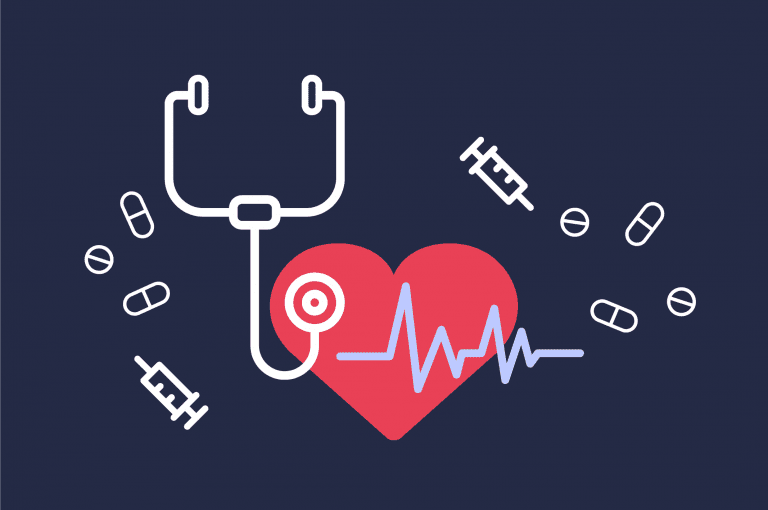Fiber-Rich Diet: The New Trend on TikTok for Weight Loss

In 2025, the fiber-rich diet has become a viral sensation on social media platforms like TikTok, praised for its ability to promote weight loss, improve digestion, and boost overall health. Unlike restrictive fad diets, focusing on fiber-rich foods can provide sustainable results while supporting long-term well-being.
This article explores the benefits, best food sources, and practical tips for following a fiber-rich diet to enhance fat loss and digestive health.
👉 For more health insights, check this guide.
What Is a Fiber-Rich Diet?
A fiber-rich diet emphasizes foods high in dietary fiber, including both soluble and insoluble fibers. These fibers play crucial roles in digestion, appetite control, and metabolism.
-
Soluble fiber: Found in oats, beans, and apples; helps regulate blood sugar and lower cholesterol.
-
Insoluble fiber: Found in whole grains, nuts, and vegetables; supports bowel regularity and digestive health.
Benefits of a Fiber-Rich Diet
1. Supports Weight Loss
Fiber increases satiety, helping individuals feel full longer and naturally reducing calorie intake.
2. Improves Digestive Health
Insoluble fiber adds bulk to stools, preventing constipation and promoting a healthy gut microbiome.
3. Regulates Blood Sugar
Soluble fiber slows carbohydrate absorption, stabilizing blood sugar levels and reducing insulin spikes.
4. Reduces Cholesterol
Soluble fiber binds to cholesterol in the digestive system, helping remove it from the body and improving heart health.
5. Enhances Metabolism
A fiber-rich diet can slightly increase the thermic effect of food, promoting fat burning even at rest.
👉 Learn more about fiber benefits in this resource.
Best Fiber-Rich Foods
Fruits
Apples, pears, berries, and oranges are excellent sources of soluble fiber.
Vegetables
Broccoli, carrots, spinach, and Brussels sprouts provide both soluble and insoluble fiber.
Legumes
Lentils, chickpeas, and black beans are rich in fiber and protein.
Whole Grains
Oats, quinoa, brown rice, and barley support digestive health and satiety.
Nuts and Seeds
Almonds, chia seeds, and flaxseeds provide fiber along with healthy fats.
Tips for Incorporating More Fiber
-
Start gradually: Increase fiber intake slowly to avoid bloating or discomfort.
-
Drink plenty of water: Fiber works best when paired with adequate hydration.
-
Include fiber in every meal: Add vegetables, fruits, or whole grains to all meals.
-
Snack smart: Choose nuts, seeds, or fruit over processed snacks.
-
Combine with exercise: Physical activity supports digestion and fat metabolism.
Sample Fiber-Rich Meal Plan
-
Breakfast: Oatmeal with chia seeds, blueberries, and almond milk.
-
Snack: Apple slices with almond butter.
-
Lunch: Quinoa salad with chickpeas, spinach, and bell peppers.
-
Snack: Carrot sticks with hummus.
-
Dinner: Grilled salmon with broccoli and brown rice.
This plan provides adequate fiber while supporting fat loss and overall health.
Final Thoughts
The fiber-rich diet is more than just a trend; it is a sustainable approach to weight loss, digestive health, and metabolic support. By incorporating high-fiber foods into daily meals, individuals can naturally reduce calorie intake, stabilize blood sugar, and enhance fat-burning processes.
For the latest updates on health and diet trends in 2025, visit this resource.




